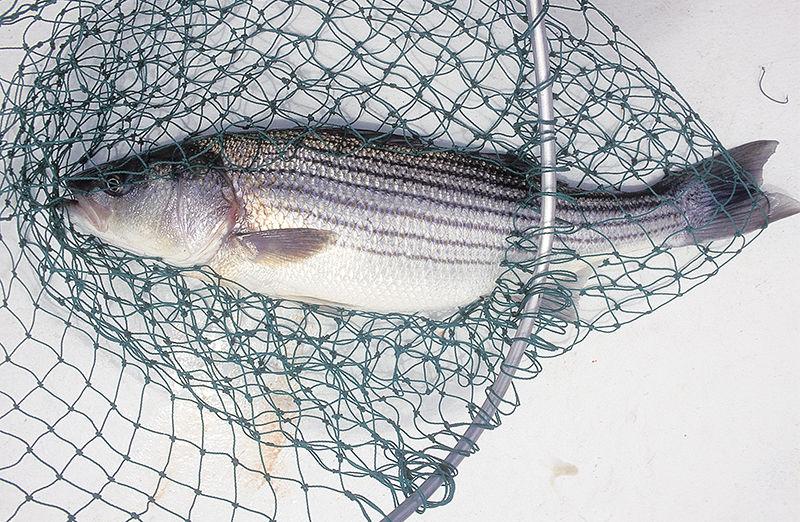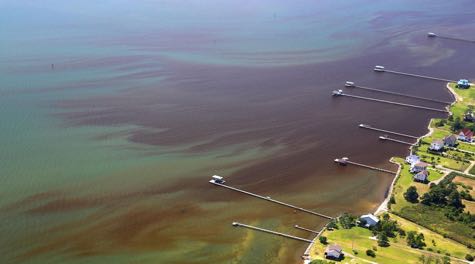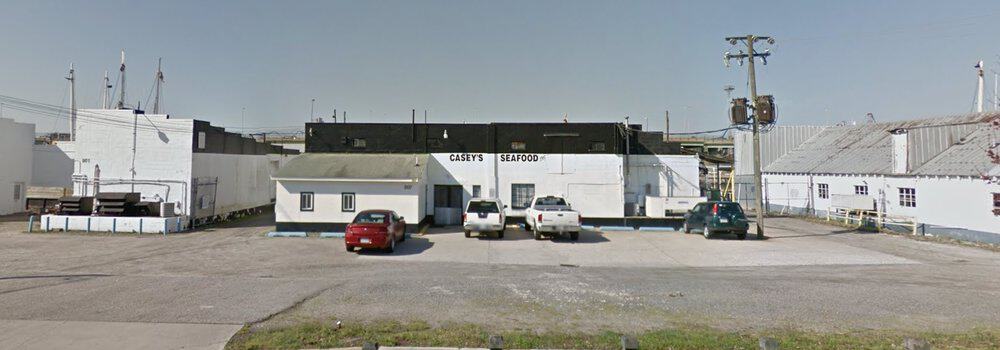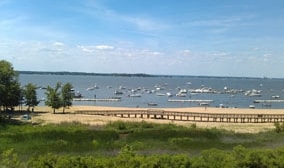By Timothy B. Wheeler, Bay Journal News Service
Striped bass, struggling to rebound from overfishing, had another year of sub-par spawning success in Maryland’s portion of the Chesapeake Bay, new survey results show.
The Maryland Department of Natural Resources reported Thursday that its annual trawl survey of juvenile striped bass yielded 3.6 little fish per net haul. That’s a slight improvement over last year’s results but far below the long-term average of 11.3 per sample.
Striped bass, also known as rockfish, are one of the most popular sport and commercial fish in the Chesapeake Bay and along the East coast.
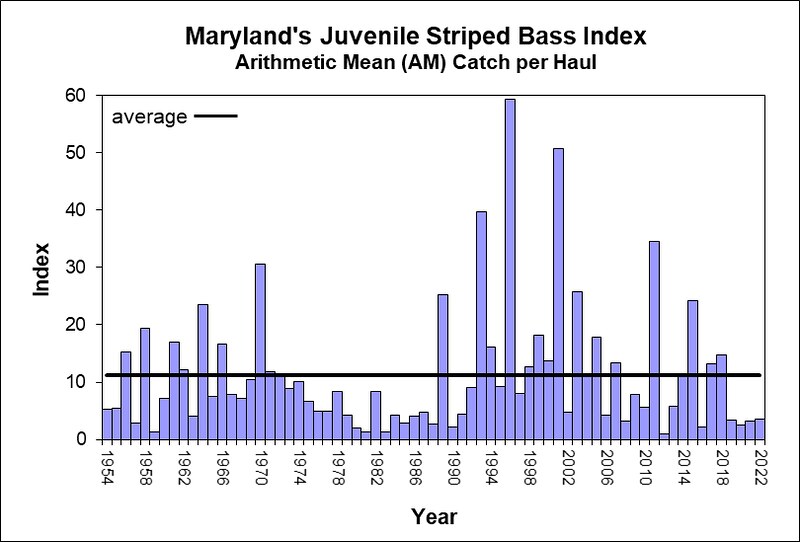
The Virginia Institute of Marine Science, meanwhile, said a similar survey it conducts annually found average numbers of young striped bass in that state’s waters. VIMS scientists netted 7.95 juvenile fish per seine haul, roughly in line with the historic average of 7.77 per seine.
Differences between the two states’ survey results are not uncommon, and scientists say the reasons vary and can be difficult to determine.
But news of the below-average crop of juvenile striped bass in Maryland waters comes as the Atlantic States Marine Fisheries Commission, which regulates migratory fisheries along the coast, is preparing to review the effectiveness of catch restrictions imposed the last two years to help the population recover. The Chesapeake is the primary spawning and nursery ground for the Atlantic coast population.
Striped bass spawning success varies from year to year, as it does with many other fish species, and it is influenced by environmental factors such as water temperature and rainfall. But experts note that the overall coastwide population of the migratory fish is maintained by periodic bumper crops of juvenile fish, which make up for less productive years.
This is the fourth straight year and the 10th in the last 15 years that the DNR survey found evidence of below-average reproduction. VIMS said this was the 10th consecutive year of average or above-average juvenile fish counts in Virginia waters.
The striped bass population has been down before. It declined drastically in the late 1970s and early 1980s, prompting Maryland, Virginia and Delaware to impose fishing moratoriums and other states to severely restrict catches. The stock rebounded and remained abundant for years but began to decline again more than a decade ago.
In 2019, fisheries scientists found the population was overfished, and the ASMFC ordered an 18% reduction in catch coastwide, which led states to curtail recreational catches. The commission is scheduled to get an updated stock assessment when it meets in early November.
Chris Moore, senior regional ecosystem scientist for the Chesapeake Bay Foundation, called the news of below-average reproduction in Maryland “unfortunate.”
“These survey results strongly indicate we need to go even further in conservatively managing the striped bass fishery,” Moore said. “We must ensure efforts to rebuild the striped bass population are successful.”

